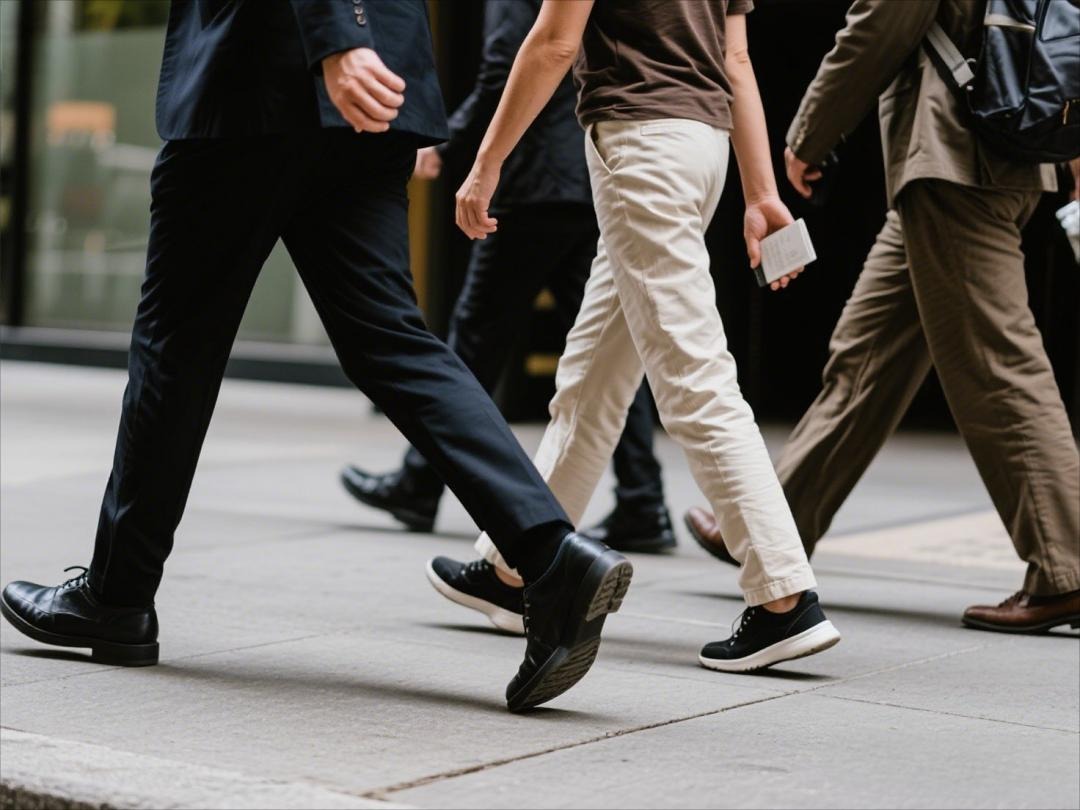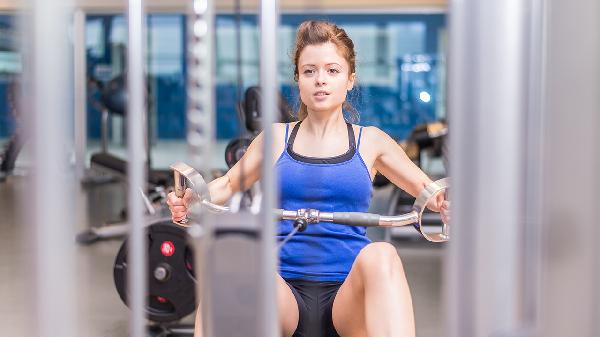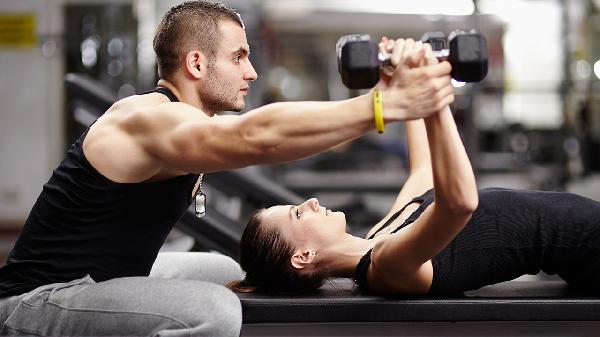Walking seems like the most natural thing in the world, right? But here’s the kicker: you might be doing it wrong. Yep, something as simple as putting one foot in front of the other could be messing with your health if you’re not paying attention to your form, posture, or habits. Whether it’s slouching, wearing the wrong shoes, or overstriding, these seemingly small mistakes can lead to aches, pains, and even long-term issues. Let’s break down the six most common walking habits that could be doing more harm than good—and how to fix them.

Slouching Like a Teenager on a Couch:
We’ve all been there: shoulders hunched, head down, and back curved like a question mark. Slouching while walking might feel comfortable in the moment, but it’s a one-way ticket to back pain and poor posture. When you slouch, you’re putting unnecessary strain on your spine and muscles, which can lead to chronic discomfort over time. To fix this, stand tall like you’re trying to reach the ceiling with the top of your head. Engage your core, roll your shoulders back, and keep your chin parallel to the ground. It might feel weird at first, but your back will thank you later.
Wearing Shoes That Are More Fashion Than Function:
Those cute flats or stylish sneakers might look great, but if they’re not giving your feet the support they need, you’re asking for trouble. Walking in unsupportive shoes can lead to foot pain, plantar fasciitis, and even knee or hip issues. The fix? Invest in a pair of walking shoes that fit well, provide arch support, and have a cushioned sole. Your feet are your foundation, so treat them right. And hey, there are plenty of stylish options out there that don’t sacrifice comfort for looks.
Overstriding Like You’re in a Race:
Taking giant steps might make you feel like you’re covering more ground, but it’s actually putting extra stress on your joints, especially your knees and hips. Overstriding can lead to shin splints, joint pain, and even muscle strain. Instead, focus on taking shorter, quicker steps. Your stride should feel natural and comfortable, not like you’re trying to leap over puddles. A good rule of thumb: your front foot should land close to your body, not way out in front.
Looking Down at Your Phone the Whole Time:
We’re all guilty of this one. Walking while glued to your phone not only messes with your posture but also increases your risk of tripping, falling, or running into something (or someone). Plus, staring down at a screen puts strain on your neck and shoulders. The solution? Keep your phone in your pocket or bag while you walk. If you need to check it, stop for a moment, do what you need to do, and then get back to walking with your head up and eyes forward. Your neck—and your safety—will thank you.
Swinging Your Arms Like a Windmill:
Arm movement is a natural part of walking, but if you’re swinging them wildly or holding them stiffly at your sides, you’re missing out on the benefits of proper arm motion. Swinging your arms too much can throw off your balance, while not moving them at all can make your walk less efficient. The fix? Keep your arms bent at a 90-degree angle and let them swing naturally in sync with your steps. Think of it as a gentle pendulum motion—not too much, not too little.
Walking on Uneven or Hard Surfaces Without Caution:
Walking on uneven terrain or hard surfaces like concrete can be tough on your joints and increase your risk of injury. If you’re constantly pounding the pavement, it’s worth mixing it up with softer surfaces like grass or dirt trails. If that’s not an option, make sure you’re wearing shoes with good shock absorption to minimize the impact. And always pay attention to where you’re walking to avoid tripping over cracks, rocks, or other hazards.
Walking is one of the simplest and most effective ways to stay active, but it’s not as foolproof as it seems. By tweaking these common habits, you can turn your daily stroll into a healthier, more enjoyable experience. So, stand tall, lace up those supportive shoes, and hit the pavement (or trail) with confidence. Your body will thank you—and who knows, you might even start to enjoy walking more than ever before.
























